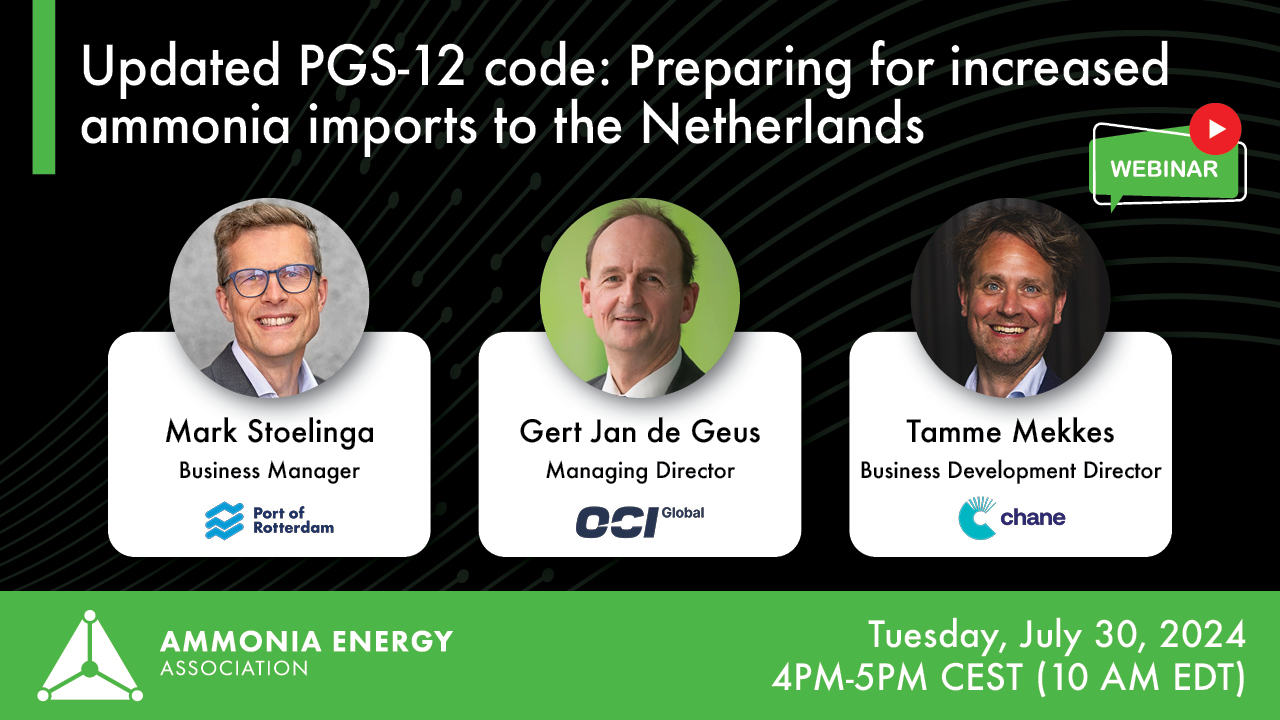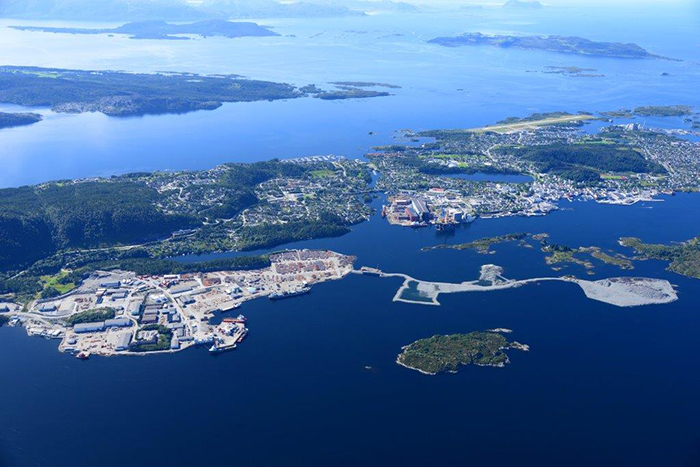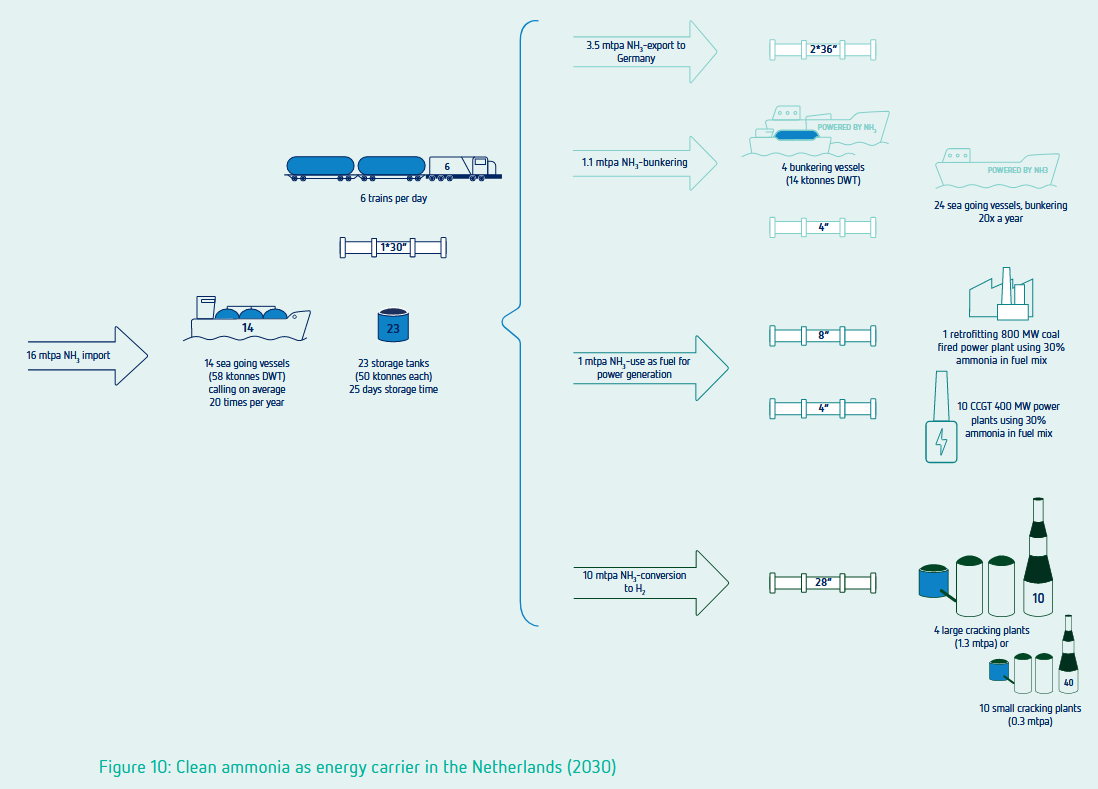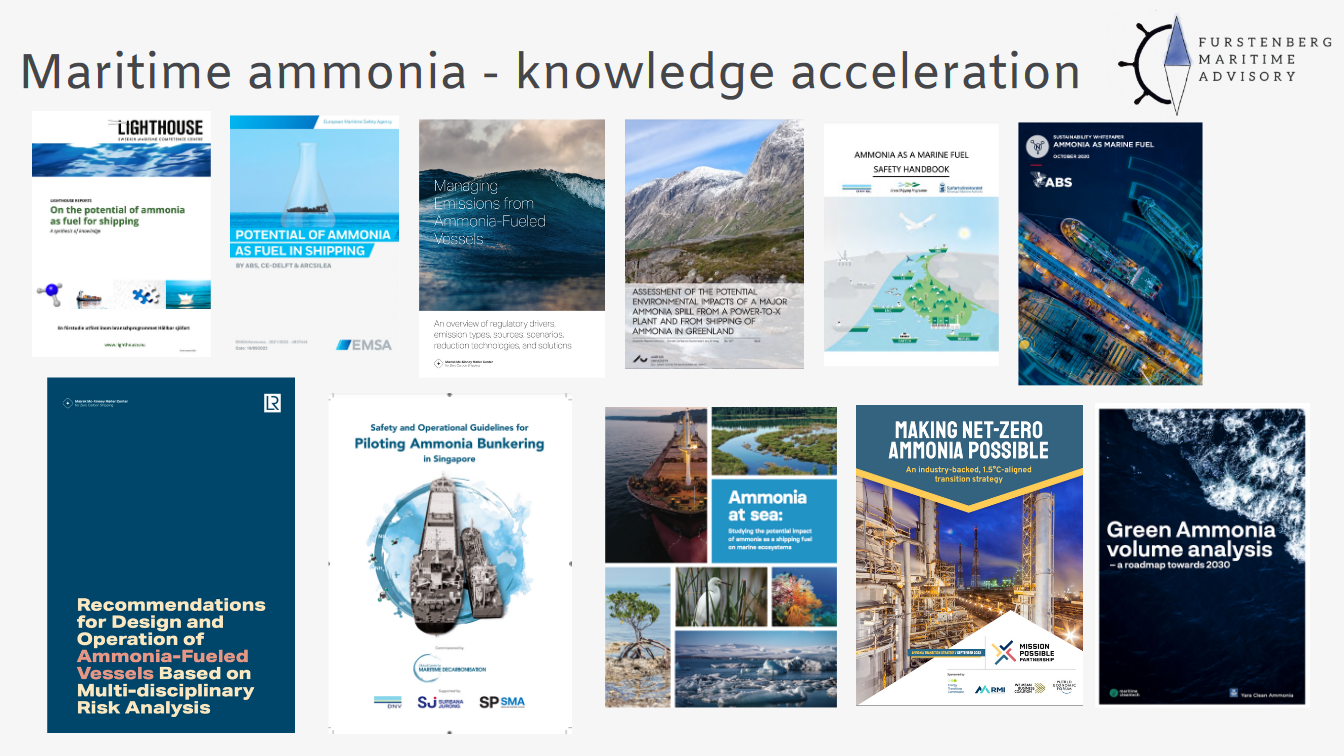Harnessing wind power for ammonia on Canada’s Atlantic coast
In our June episode of Project Features, we were joined by World Energy GH2 to explore the major milestones of Project Nujio’qonik, an RFNBO-compliant ammonia project based on GW-scale wind power in Newfoundland and Labrador, Canada. FID on the project’s first phase is expected in 2025, producing 400,000 tons of ammonia per year for export to Europe.









